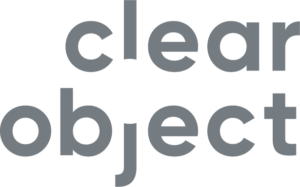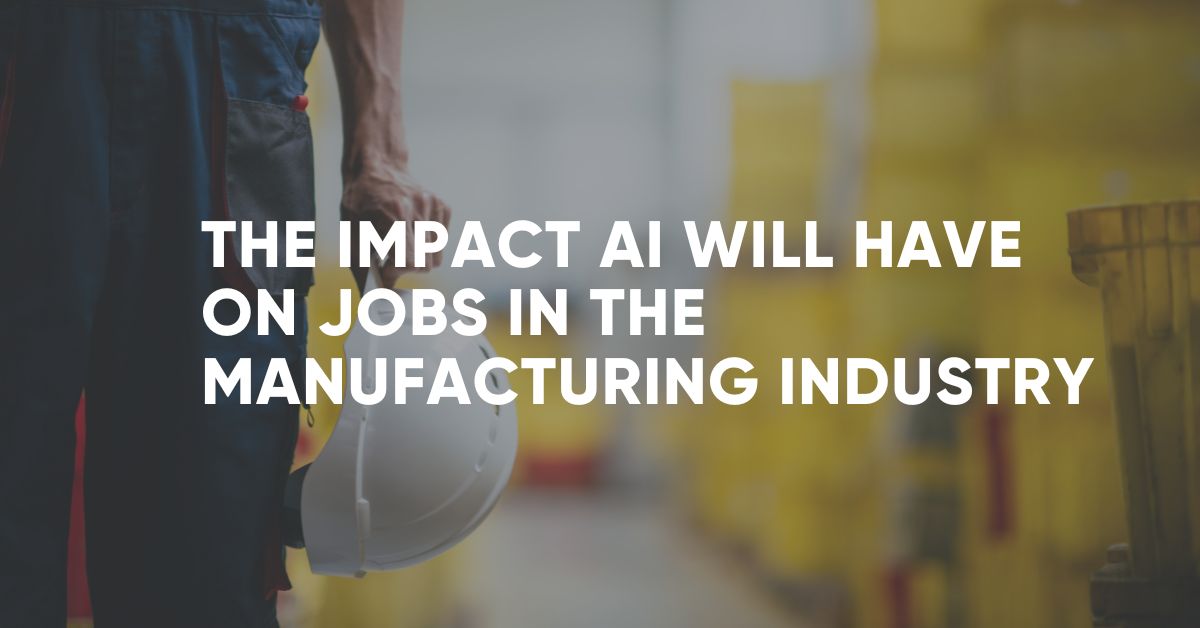While there are tremendous benefits to implementing these technologies, it is also important to consider the broader implications on how this may impact the workforce both now and in the future.
The full potential of AI in manufacturing has yet to be discovered. Both Vision AI and GenAI are already driving new opportunities.
Vision AI
Vision AI uses cameras and computer vision to identify, track, and classify objects in the real world. This technology can be used for a variety of tasks in manufacturing, such as:
- Quality control: Vision AI can be used to inspect products for defects, such as cracks, scratches, or missing parts.
- Process monitoring: Vision AI can be used to monitor production processes for errors or anomalies.
- Asset tracking: Vision AI can be used to track the location of assets, such as tools, machines, and parts.
Generative AI
GenAI uses AI to generate new data, such as text, images, and code. This technology can be used for a variety of tasks in manufacturing, such as:
- Product design: GenAI can be used to generate new product designs, based on customer preferences or market trends.
- Process optimization: GenAI can be used to optimize production processes, by identifying bottlenecks and inefficiencies.
- Customer service: GenAI can be used to generate personalized customer service responses, based on customer history and preferences.
The Impact of AI on Manufacturing Jobs
The adoption of vision AI and GenAI is likely to have a significant impact on jobs in the manufacturing industry, the full extent of with is still being discovered. Some jobs will be partially or fully automated, while others will be redefined to incorporate the benefits of AI systems.
Automated Jobs: Some jobs that are currently performed by humans, such as quality control and process monitoring, are likely to be partially or fully automated by Vision AI. This could lead to job losses in these areas, although solving quality issues will still require some human decision-making.
Redefined Jobs: Other jobs, such as product design and customer service, are likely to be enhanced and redefined with the help of GenAI. These jobs will continue to exist, but they will most likely focus on the more interesting and challenging aspects of the roles, not the repetitive, mundane aspects. This will require different skills and knowledge. For example, Product Designers will need to be able to work with GenAI to generate new product designs and rapidly prototype new ideas, while Customer Service reps may focus on Tier 2 or higher level requests.
New Jobs: The adoption of vision AI and GenAI is also likely to create new jobs in areas such as data science, machine learning, prompt engineering, and software development. These jobs will require specialized skills and knowledge, but they offer the potential for high salaries and career growth.
Tips for Making the Most of GenAI in the Workplace
Here are some tips for making the most of GenAI in the workplace:
- Start small: Don’t try to implement GenAI across your entire organization all at once. Start with a small pilot project, and then scale up as you gain experience.
- Focus on the right problems: GenAI is a powerful tool, but it’s not a silver bullet. Use it to solve the problems that are most important to your business and that can add unique value.
- Get buy-in from stakeholders: Make sure that all stakeholders are on board with your GenAI plans. This will help to ensure that the technology is used effectively and that it meets the needs of your organization.
- Invest in training: Make sure that your employees have the skills they need to use GenAI effectively. This may involve providing training on AI concepts, security, and proprietary knowledge along with training on specific GenAI tools and platforms.
The adoption of vision AI and GenAI is likely to have a significant impact on jobs in the manufacturing industry, and many experts are predicting a net-positive impact as these technologies create new jobs. By carefully planning and implementing both Vision and GenAI solutions, manufacturers can position themselves for sustainable success in the future.

